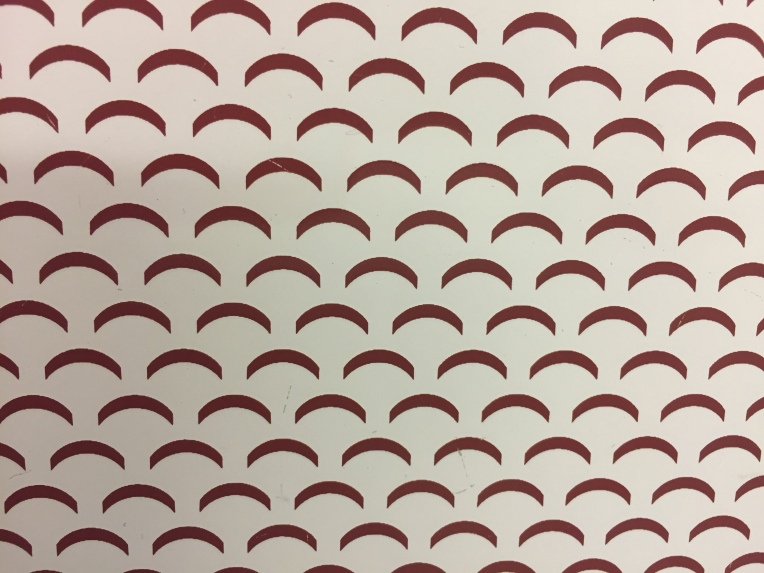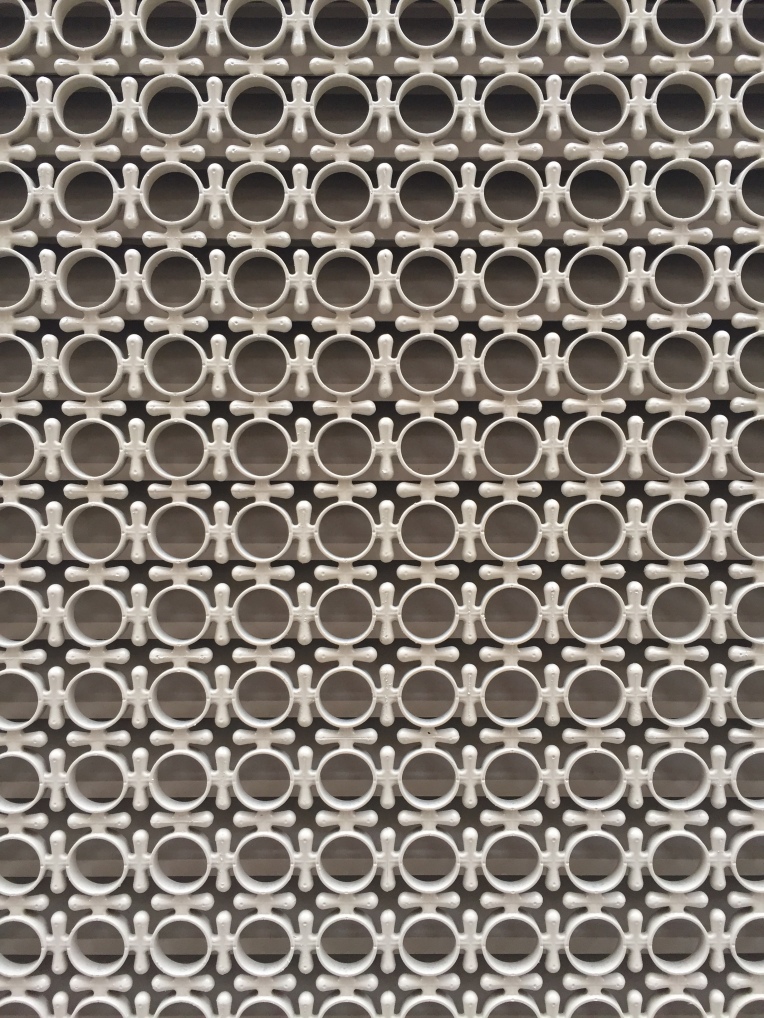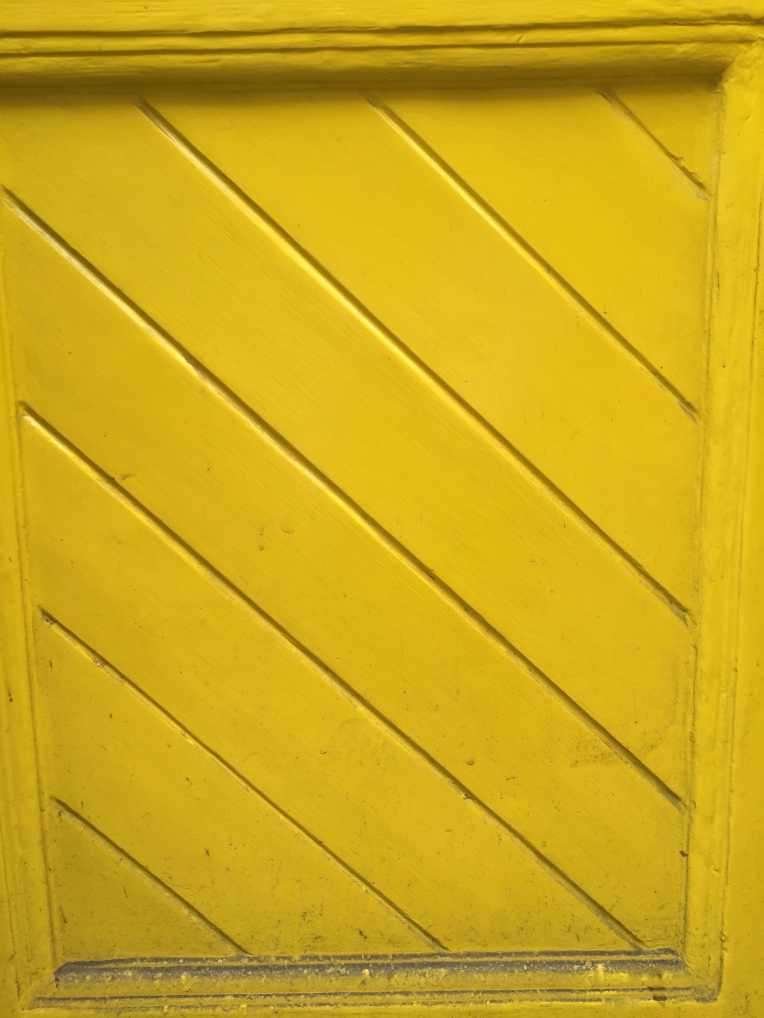The Power of Digital Folklore: Slender Man
In this modern age folklore has become much more powerful and influential. Blending analogue and digital forms have enabled hybridisation. Technology allows us transform and morph the urban legends we have created into something else entirely. Urban legends are a form of contemporary folklore. These are stories we’ve all heard before, taking on various forms as they are retold over and over again. A very good of example of this is Slender Man.
Slender Man was created by a man named Eric Knudsen. On June 10th 2009, two photoshopped images of the slender man were posted in the ‘Something Awful Internet’, by a user called ‘Victor Surge’, as part of a contest for the creation of paranormal images.

https://port.hu/cikk/mozi/maris-vihart-kavart-a-slender-man-elozetese/article-49861
These images quickly went viral and Slender Man was everywhere on the internet. There was a lot of interest in this made up character and people kept wanting more and more. This led to the creation of thousands of images by different people and made up stories. Soon Slender Man had a full back story and has gone beyond existing in just photoshopped images, as people began to create videos and games. This really brought this paranormal character to life, making people question his existence despite knowing the whole idea of Slender Man was completely made up.
All of these elements combined are the reasons as to why this all began to spiral out of control like never before. Having technology to transform this character into something that felt very real, made him very believable and perhaps not suited for a younger audience. Everything about Slender Man was available to the public for free online. There were a couple incidents that occurred as result of this involving children from the age of 12-24, such as murder, stabbings and fires. An epidemic of suicides also occurred in 2015 as a result of Slender Man. These are perfect examples of the negative effects these made up stories can have. The internet enabled this made up character to reach everyone with internet around the world within a very short time frame.
https://blogs.loc.gov/thesignal/2014/06/understanding-folk-culture-in-the-digital-age-an-interview-with-folklorist-trevor-j-blank-pt-1
Contemporary Folklore in the Digital Age
https://theconversation.com/why-urban-legends-are-more-powerful-than-ever-76718
https://inews.co.uk/culture/film/slender-man-modern-urban-legend/
https://www.thrillist.com/entertainment/nation/scary-urban-legends-internet-slender-man-creepypasta
https://theconversation.com/beware-the-slenderman-how-users-created-the-boogieman-of-the-internet-71338
Caricature: A Universal Language
The day Donald Trump was elected president was an unforeseeable and yet predictable decision made by the Americans. The world sat in shock as we all tried to comprehend and accept what the future held for all of us, with someone like Donald Trump being given so much power. Humour is one of the many elements we use as a weapon to fight these people on top.
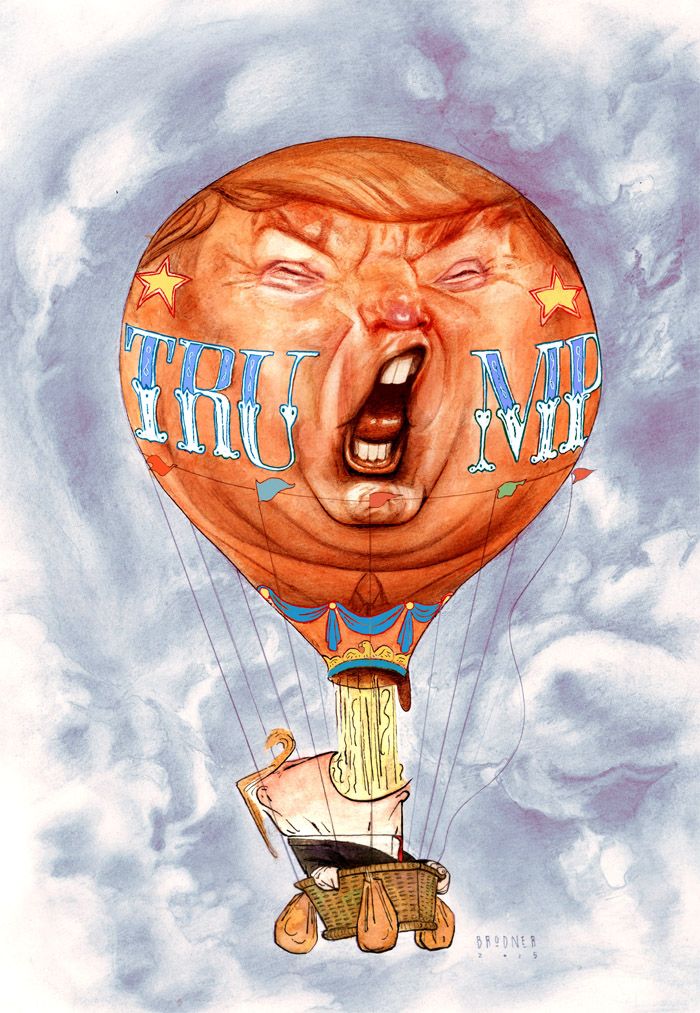
Since the time of Leonardo da Vinci artists have been manipulating the realistic human representation by morphing their characteristics with those of animals to create a hybrid of both. Caricaturists aim to bring to light and reveal and aspect of someones being that is not completely obvious. Normally a physical feature is taken and exaggerated to the point where it becomes the most prominent characteristic of the figure being represented. It is a criticism of a person through drawing, used as a defence mechanism, as most of the things implied would never be said or done in real life. They are able to completely transform the way we view a person, negatively and positively, morphing the truth or the lie, which is what makes the art so powerful.

Caricature is a universal language understood by everyone, giving it the power to influence public opinion on a mass level. There is no need to speak a certain language or even be able to read to understand the message behind these drawings. Caricaturists can choose whether they want to make a cartoon to make people laugh or think. When looking at a series of Trump caricatures, there is a pattern of elements that are prominent and repeated in a lot of them which is his facial features being really small, his really big head or having him in the act of doing something controversial he was known for in the past, such as an image of him groping the Statue of Liberty. All of these things imply a lot about trumps personality and integrity as the president of the United States of America, reminding people of just unfit he is to have so much power.
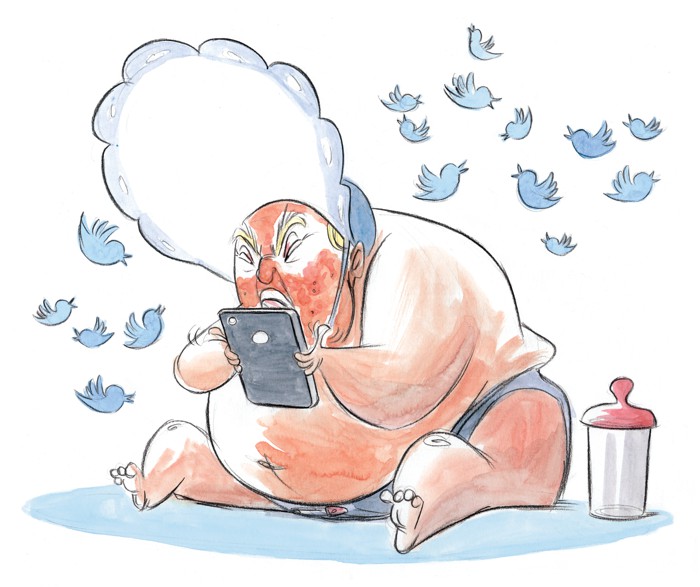
Despite caricature being ideal to use as a weapon against Donald Trump, there many elements to consider considering his persona and presence. It’s fair to say that most people know who Trump is, it’s almost impossible not to. However, despite him being the perfect candidate for cartoon and caricature artists, this simple fact makes him very hard to draw. He already has so much exposure that having so many artists draw him over and over again is giving him even more exposure than he already has, and artists don’t really want to contribute to this as it almost impedes the message from getting through to people, because his personality becomes so distracting. There also has to be a limit when it comes to what is being depicted in these images, and it becomes very hard to avoid when it comes to a persona like Trumps, as the lines are very blurred one small detail can make an image lose its purpose entirely.
Reference List
http://video.vanityfair.com/watch/caricature-artists-draw-donald-trump
https://www.theatlantic.com/magazine/archive/2018/04/donald-trump-caricature/554069/
https://www.boredpanda.com/donald-trump-election-caricatures/
http://www.curatormagazine.com/christytennant/never-underestimate-the-power-of-cartoons/
Filtered Entertainment
Taste is something we all have and we use it to make many decisions on a daily basis. We also assume it is something that we have total control over, as it is a decision made by ourselves, however, in reality there are many factors that contribute to all the decisions we make, which we have absolutely no control over.
When it comes to fashion and the entertainment industry, both the consumer and the creator are completely out of control. We experience all of these things as though they are personal and natural when they are all about consumption. Typically fashion, music, movies, and design are all very creative elements of culture, however these are not about creation but rather consumption, at least this is how it is in the western world that most of us live in, however there have been times and there are still places where only very filtered forms of entertainment are shared with the public, as a means of maintaining some sort of power and control over people.
Through censorship and propaganda Adolf Hitler was able to achieve this during his rule over Nazi Germany. The Nazis were able to indoctrinate the population of Germany from 1933-1945. They managed to infiltrate and micro manage the whole culture of their country, in an attempt to breed the Aryan race.
Reference List
https://scholar.colorado.edu/cgi/viewcontent.cgi?article=1859&context=honr_theses
HAVENT LOOKED AT
http://www.dw.com/en/german-expert-on-nazi-films-and-propaganda/a-2728383
https://www.bbc.com/education/guides/z2p3k2p/revision/5
https://www.bbc.com/education/guides/zn8sgk7/revision/3
https://www.ushmm.org/outreach/en/article.php?ModuleId=10007677
https://www.theguardian.com/artanddesign/2014/mar/13/degenerate-art-attack-modern-art-nazi-germany-review-neue-galerie
http://www.crf-usa.org/bill-of-rights-in-action/bria-13-2-b-the-suppression-of-art-in-nazi-germany
http://holocaustmusic.ort.org/politics-and-propaganda/third-reich/
Essay
https://www.forbes.com/sites/haroldfurchtgottroth/2014/12/22/time-to-take-on-the-great-dictator-kim-jong-un/#491ac12e7f36
http://www.bbc.co.uk/news/world-asia-pacific-16255126
http://www.news.com.au/finance/work/leaders/the-top-10-kooky-myths-north-koreans-are-told-about-leader-kim-jongun/news-story/80db7a6f05eed86cec7d1a82a8ade25d
http://theweek.com/articles/450792/north-korea-isnt-nazi-germany–some-ways-worse



